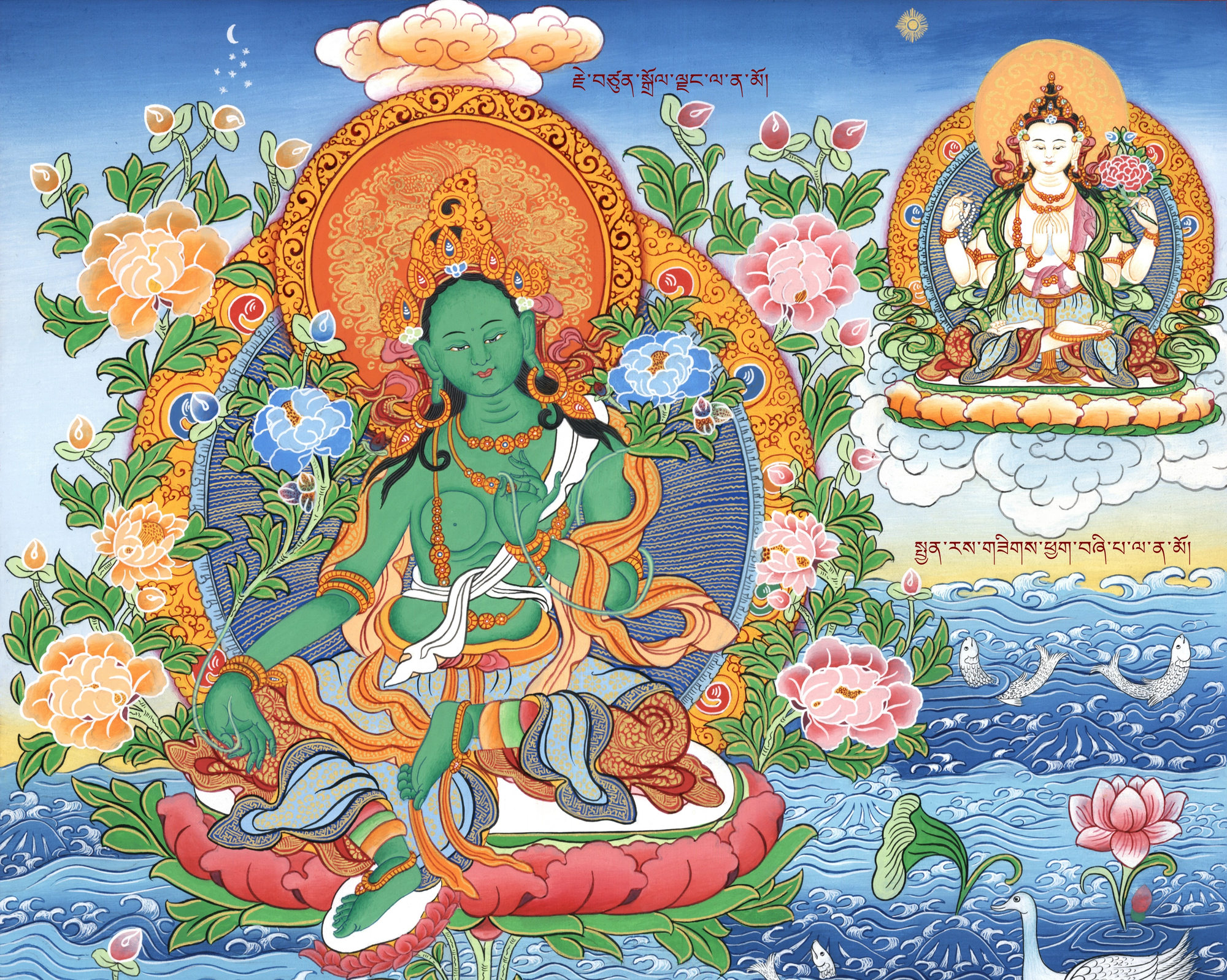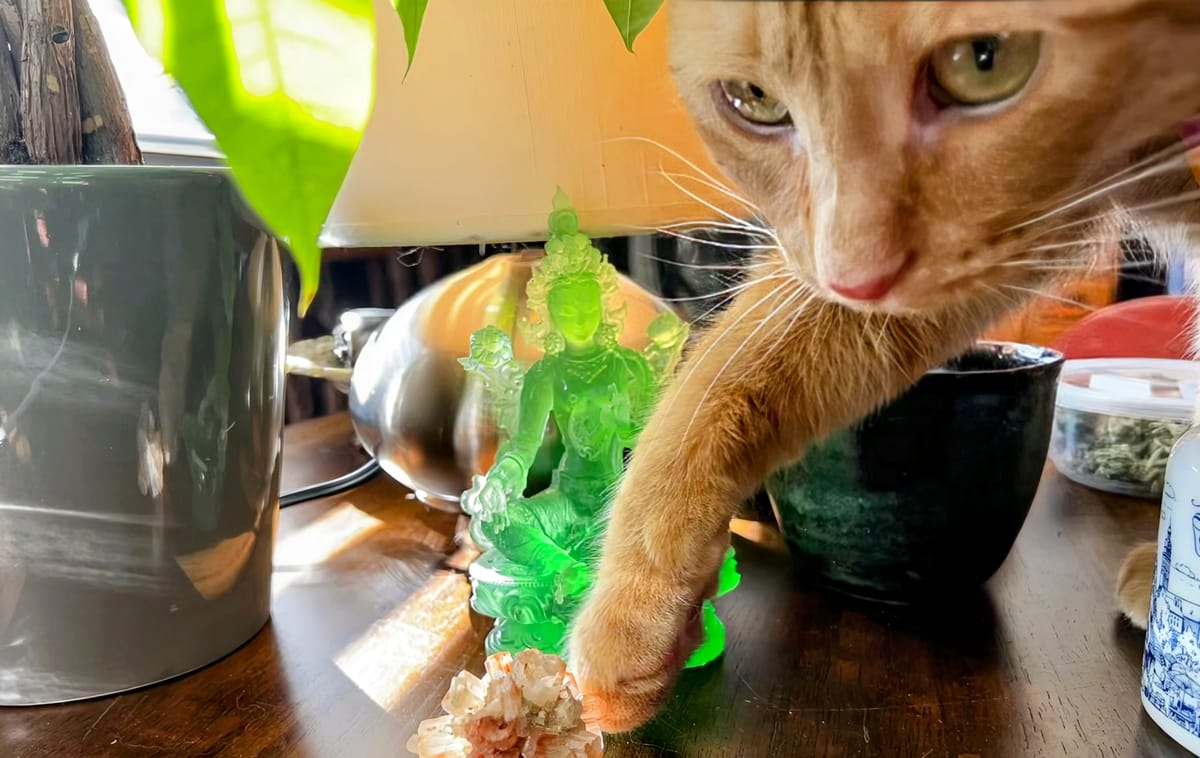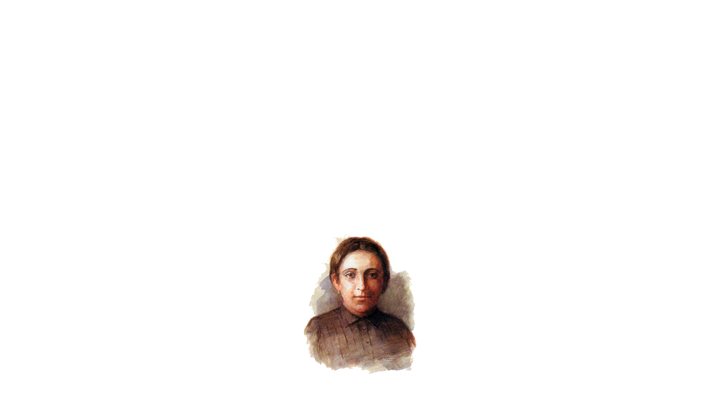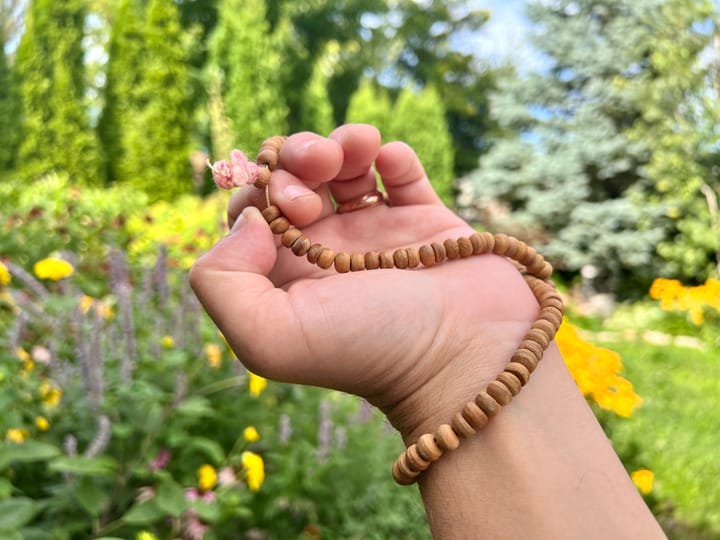Many people I know are feeling overwhelmed by the intensifying harm the new American government is inflicting on people here and around the world. The vastness of the suffering, now and to come, is shattering. If you are feeling overwhelmed by it, this brief story might comfort and sustain you.
First, don’t worry: I am not going to write to you in any detail about what’s going on in the United States. If your internal family keeps vigilant eyes on the news, as mine does, you certainly don’t need me tell you about it. If your internal setup stays sane by ignoring the news altogether, on the other hand, you wouldn’t let me tell you about it. (In fact: if you don’t want to contemplate the news at all, even in general, you are welcome to skip my preamble and just read the little story.)
Either way, I believe your current approach to the news is exactly the right one, for your specific internal ecology in particular, at this very moment. Just go with it.
Feeling shattered
The news is nothing to treat lightly these days. In the past couple weeks, my coaching clients and friends have been talking about its effects on them in vividly material terms. People tell me that current events have ground them into the dirt, crippled them, beaten them up, broken their bones, left them shattered. No matter what they are doing outwardly — posting through it, retreating to shopping or Netflix, organizing till they’re hoarse, simply surviving with their loved ones — the enormity of this moment feels physically unsurvivable.
Let me tell you what I’ve been telling people who feel that way, including members of my inner family: If the conditions of the world at present are overwhelming you, that’s not because you are doing something wrong; it’s because the conditions of the world at present are overwhelming for people like us. If you are feeling shattered, that’s not because you’re too fragile; it’s because what’s happening right now is supposed to shatter ordinary human beings.
The shattering-est part of what’s happening, from what I can tell, is realizing that the worldwide quantity of suffering is vastly greater than it was two weeks ago, and that this suffering is likely to intensify exponentially for the foreseeable future — across the United States and the western hemisphere and around the world, through the height and breadth of the biosphere, for years or even generations to come.
While I’m sure there are some who think it’s not that bad, the people I talk to are pretty darn sure it is. I think so too, alas.
There are some extraordinary people who can manage the knowledge of all that suffering without being overwhelmed by it. God bless them! The rest of us depend on such saints and moral heroes. But I am convinced that most of us human beings, the vast majority of our kind, are just getting by as well as we humanly can. By now, in my forty-fifth year of life, I feel certain I’m not in the same league as, like, Gandhi or Joan of Arc. You probably aren’t either.
Neither, if you can believe it, was Avalokiteshvara, the Bodhisattva of Compassion himself! At least not all the time. In fact, legend has it, he was so thoroughly shattered by the suffering he witnessed in the world that it took the greater power of Tara, a brand-new goddess, to save him from utter despair.
That is the story I want to share with you today.
The story of Avalokiteshvara’s Tears, as told by Rachel Wooten

[This] account of Tara’s origins comes from sutra texts related to Avalokiteshvara, or, in Tibetan, Chenrezig, the Bodhisattva of Compassion. … The main point of all these accounts is that Tara appears to Avalokiteshvara after he has been transformed by a shattering experience in the underworld or lower realms.
According to his vow, he is shattered into countless fragments. The buddhas and bodhisattvas who had witnessed his vow and his great effort gathered all of the tiny pieces and put them together again. After Avalokiteshvara was made whole again, he wept profusely. His tears formed a pool in which a beautiful lotus flower blossomed. Tara arose from its open center, a buddha herself, the Goddess of Compassion. From that time forward, Avalokiteshvara had one thousand arms, many faces, and limitless power to liberate beings. And he now realized that he had a companion, Tara, dedicated to the same efforts as he.
The classic interpretation of this well-known narrative is that Tara sprang fully formed from Avalokiteshvara’s tears — that she was born from the tears of his compassion. I find it more likely that his ordeal shattered his former approach to life — trying to accomplish an impossible task alone with the sheer force of his hard work. His grief over his limitations in the face of ongoing and unending suffering broke him open to another reality embodied in a female buddha. He is not alone.
From Rachel Wooten, Tara: The Liberating Power of the Female Buddha (Boulder, Colorado: Sounds True, 2020).
How this story can be helpful
I have found myself telling an approximate version of the story of Avalokiteshvara’s tears several times this past week, to clients and friends, at great length. It feels a little awkward to reach for a story I encountered just a few years ago, as a spiritual tourist in a foreign faith, rather than any of the Bible stories from my native tradition. But this story in particular speaks to how people are feeling in this shattering moment like no other story I know; it is both profound and comforting.
Profound, because it shows that the vastness of the world’s suffering has always overwhelmed compassionate people — not only ordinary folk like you and me, but even actual bodhisattvas! The agony of knowing about suffering — like every kind of pain, physical or moral — seems to isolate us, to keep us captive in what some call “the bondage of self.” Just like Avalokiteshvara, many of us seem to think that we have to face the vastness of the world’s suffering all by ourselves — as though there were nobody else who saw it or felt it or wanted to help. That, thankfully, is simply not the case.
The story is comforting, too — so comforting, for me, that I bought a small green statue of Tara specifically to remind me about it. Whenever we are shattered by the reality of suffering, the story suggests, the power of the Goddess of Compassion will spring forth, dazzling and divine, from the lotus flowers that grow from our heartbroken tears. And in the her powerful company, we realize that we have many more capabilities than we possibly could have expected. One thousand arms, many faces! With Tara’s infinite compassion on our side, we have the strength to keep being compassionate, in our much tinier way — no matter how great the suffering in the world — without being altogether overwhelmed.
My internal family interprets Tara as a literal goddess, but you could just as well think of her in other ways — as a metaphor for the basic goodness in people, perhaps, or as a personification of the divine force that bends “the arc of the moral universe,” ever so slowly, toward justice. You could also think of her as an appealing character from a story you read in somebody’s newsletter. Not being a Buddhist myself, I have no wisdom to offer on that score.
Theological considerations aside, I think the idea of Tara from the story can and will help you when the suffering you see in the world feels to great to bear.
That is why I keep telling it, to others and myself, and why I wanted to share it with you. In my worst moments, when the news has splintered me into a thousand pieces, my friends’ kindness and my teachers’ wisdom has sprung forth from my sad little tear-puddle, just like Tara, to keep me company and give me strength. If you’re feeling shattered, I hope the story will do the same for you.



